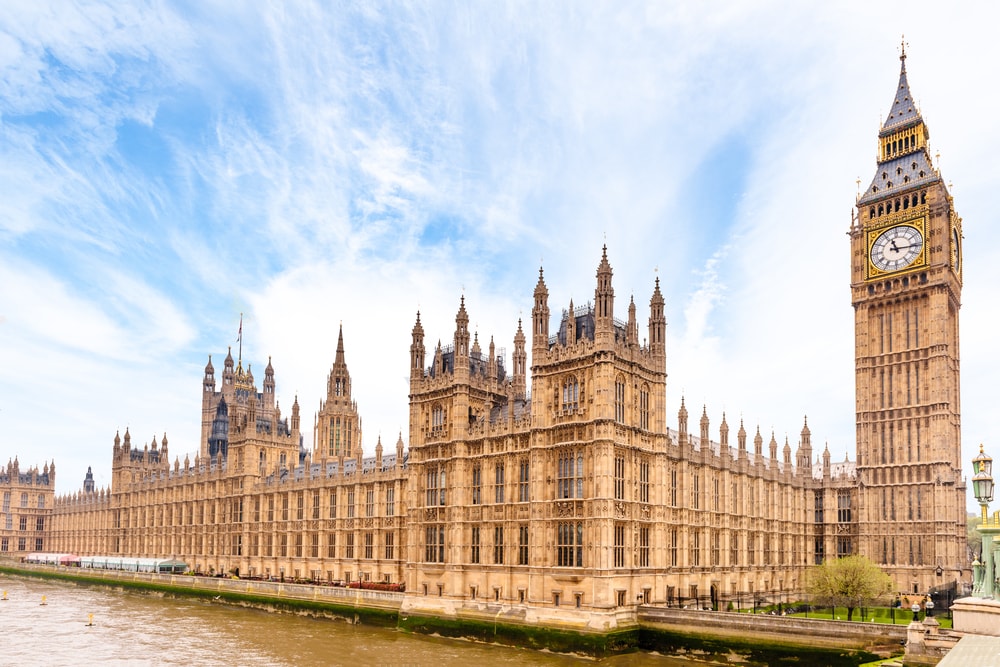The Department for Work and Pensions has proposed to cut the general levy for larger occupational pension schemes.
The general levy on occupational and personal pension schemes funds is used to fund the cost of The Pensions Regulator, The Pensions Advisory Service and the Pensions Ombudsman. The levy rates are set in regulations (the Occupational and Personal Pension Schemes (General Levy) Regulations 2005) (S.I. 2005 No. 626) and it is collected annually by TPR on behalf of the Secretary of State for Work and Pensions Damian Green.
Reviewed annually, the levy rates take into account the anticipated levy receipts, the agreed Budgets of the bodies and any surplus or deficit that may have accumulated. A smoothing arrangement operates to avoid the need to alter the levy rates each year.
This means that, rather than matching exactly the spending of the bodies listed above in a given year, the levy is more commonly in surplus or in deficit. The levy rates were reduced by 13 per cent for 2012/13 and have been held at the same level since then.
Upon reviewing the levy rates this year, the DWP has estimated the cost of funding the bodies will be £44m in 2017/18, with the levy raising £43m. However, it also estimates a surplus of £13m that will exist at the end of 2016/17 and therefore would like to reduce the surplus.
Therefore, a consultation, launched last week, which runs until 18 January 2017, is asking for opinions on plans to reduce the levy rates for very large schemes in order to eliminate the surplus whilst maintaining the levy rates freeze for smaller schemes.
The government has considered how it could reduce the impact of the levy on very large schemes without imposing additional levy charges on smaller schemes. It has therefore considered an option under which a new levy rate would be created for schemes with 500,000 members or more, pitched at a level 25 per cent lower than the current rate for schemes with 10,000 members or more.
A reduction of 25 per cent would broadly correspond to the average fall across the current levy rate bands. The levy rates for schemes with less than 500,000 members would remain frozen. Based on these rates, the government estimates that the surplus would be reduced to a negligible level by 2020.
The government had also considered keeping the levy rate the same or reducing the levy rate for all schemes but decided that the above option was most fair.
Commenting on the consultation, Barnett Waddingham actuary Rowan Harris said: “This consultation shows the likely direction of travel for the government as they appear to be seeking to encourage consolidation into fewer, larger schemes. We expect to see the government and the regulator encourage this more in the future, however there will be challenges to this for DB schemes. For example, when two schemes seek to merge, their relative funding levels can be a stumbling block.
“This proposal also comes at a time when the Pensions Advisory Service (TPAS) is set to merge with Pension Wise. Pension Wise is currently funded by a different levy. The government will need to review this part of the general levy in future to ensure the right funding is collected from the right levy payers.
“Few UK schemes have over 500,000 members and would therefore benefit from the proposed reduction under the government’s preferred option. While the government’s proposal aims to make the operation of very large schemes more economic, a smaller reduction for a greater number of schemes might be appreciated at a time when DB deficits are becoming a significant burden to UK companies.”
The consultation document can be found here.
Latest News
-
Over three quarters of pension professionals back ESG despite credible data concerns
-
Women must earn twice the average salary from age 45 to match men’s pension wealth
-
Mercer completes acquisition of Fundhouse
-
Women start saving earlier than men but feel less confident on pensions
-
Cornwall Pension Fund becomes latest to state intention to join LPPI
-
Gen Z aim for double Boomers’ annual retirement income, yet a fifth have no retirement savings
Cyber Risk
In our latest Pensions Age video, Laura Blows discusses cyber risk with Aon partner Paul McGlone, and HSBC Bank Pension Trust (UK) trustee chief risk officer, Cheryl Payne.
A changing DC market
In our latest Pensions Age video interview, Aon DC senior partner and head of DC consulting, Ben Roe, speaks to Laura Blows about the latest changes and challenges within the DC sector
Podcast: Who matters most in pensions?

In the latest Pensions Age podcast, Francesca Fabrizi speaks to Capita Pension Solutions global practice leader & chief revenue officer, Stuart Heatley, about who matters most in pensions and how to best meet their needs
Podcast: A look at asset-backed securities

Royal London Asset Management head of ABS, Jeremy Deacon, chats about asset-backed securities (ABS) in our latest Pensions Age podcast
© 2019 Perspective Publishing Privacy & Cookies










Recent Stories